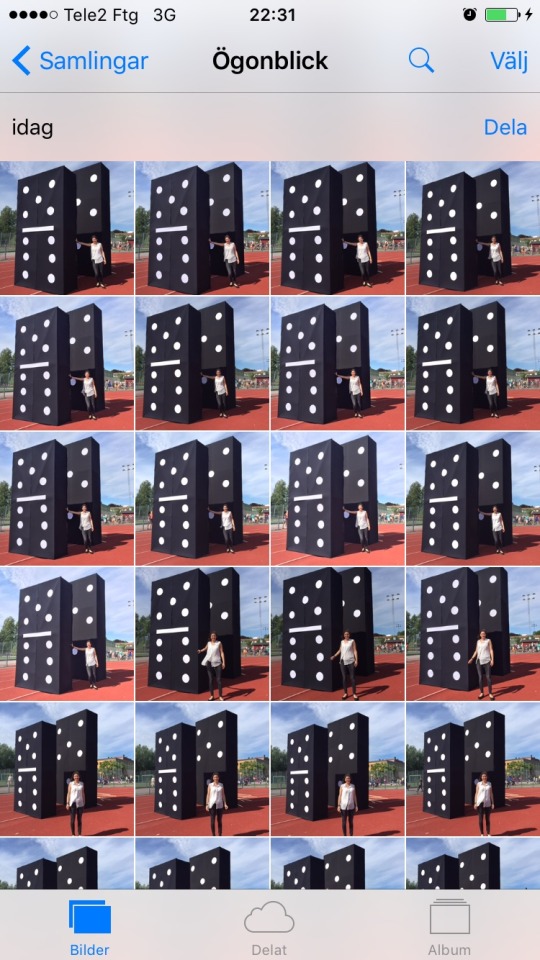Text
World’s biggest domino

we just started with the first pieces!
2 notes
·
View notes
Photo
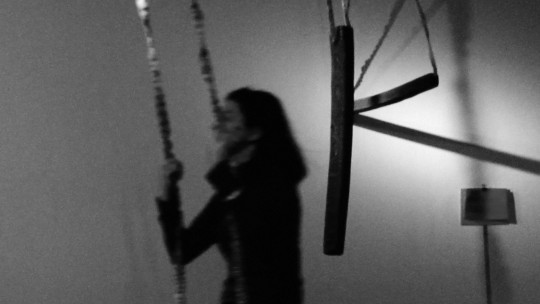
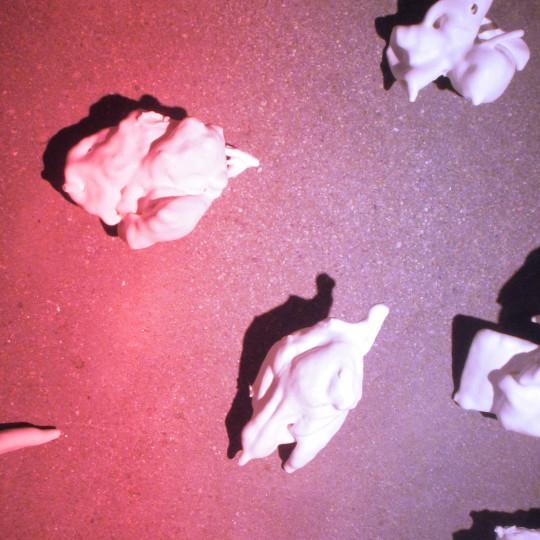
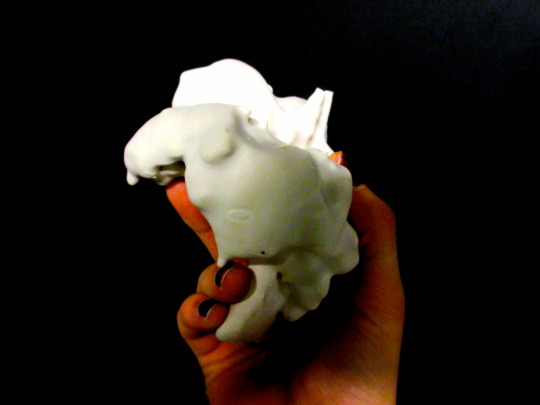
I I was thinking that if I created something that could work individually as well as part of a major structure I could help you to work out how to construct the thing that you need, or to come out with an idea that has been flying around your head and did not know how to make it. I want it to work like a blank page for imagination. But it can not be a blank page as this one has already a function, So whats important for my work, is the sensation of something that is nothing and therefore, potentially, could be anything.
0 notes
Photo


Conversation happens after the work is created, 2015, currently exhibit at the Trapphusgalleriete at Konstfack, Stockholm.
The majority of works are created from an idea; I try to create works that will generate ideas.
This particular piece explores which technical aspects of a piece draw people to participation. Its purpose is to be the stage for many things to happen.
What could be done with this work? What is it? Is it useful? Is some of the questions that will be raised in the continuation of the project.
#Sculptures#sculpture#art#art sculpture#arte contemporáneo#swing#columpio#ceramics#sweden#stockholm#konstfack#interactive#interactive art#participatory art#engagement art practise#porcelain#porcelana
0 notes
Photo

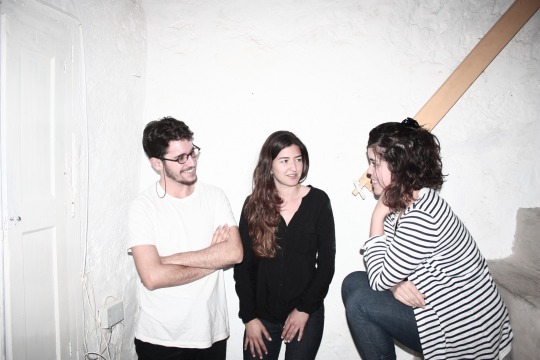
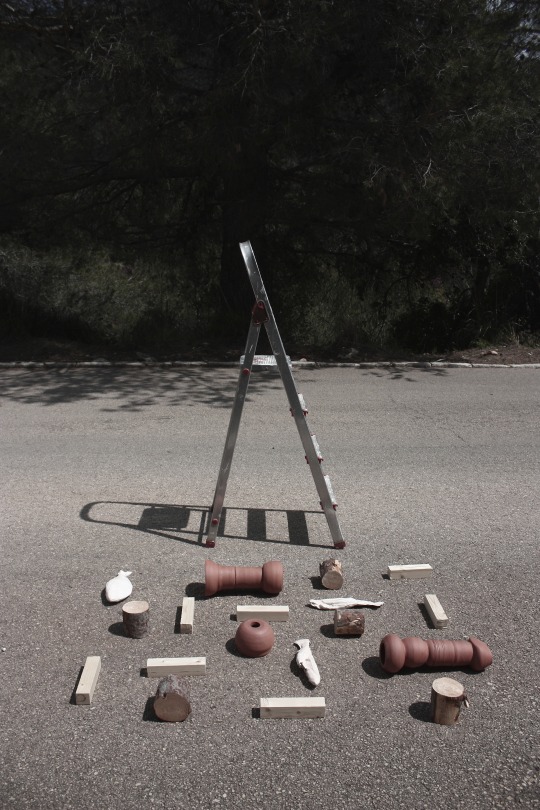

Colaboración con Elisa Juncosa y Iem Thomas.
Collaboration with Elisa Juncosa and Iem Thomas.
Más en nuestro blog: http://arrels.tumblr.com
0 notes
Photo

en proceso, next project 2015
0 notes
Photo

Ahora, también en Montmarí
0 notes
Photo

individuos formando un conjunto. Seres que viajan, se rompen, se dañan.
Mis trabajos no intentan representar una forma definitiva pero como todo lo que nos rodea, algo que cambia.
Foto tomada por Elisa Juncosa durante la exposición en Alaró.
0 notes
Photo
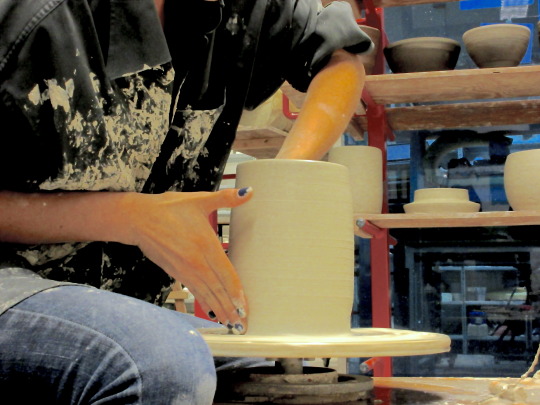
En manos de un nuevo proyecto. Starting a New project.
1 note
·
View note
Video
#adaptation#ceramics#ikea#globalitzation#roots#raices#ceramica#arte contemporáneo#mallorca#video#videos
0 notes
Text
Adapt n°2
Adapt n°2 se basa en una pequeña anécdota que abarca un amplio marco histórico y que responde a la lucha entre raíces y globalización en la que nos encontramos.
Un día de 1951 en The Black Mountain College[1] R.Rauschenberg acababa de terminar The White paintings[2] mientras John Cage entraba en la cámara anecoide[3]esperando escuchar silencio; en su lugar, Cage podía oír un sssshhhh… y un tac-tac-tac…se trataba de su corazón y de la sangre fluyendo por sus venas. En ese momento entendió que no hay vacío, ni la nada, ni el silencio, ni tampoco pinturas blancas, el arte y la música nos envuelven.
Tanto mis Raíces conceptuales, derivadas de la anterior historia, como mis tradicionales, la cerámica en Mallorca, se confunden y me empujan a crear un arte transmutable, montable y desmontable pero con un material delicado, de largo proceso y duradero, es decir contrario a nuestra época.
[1] The Black Mountain College: fue creada como una universidad experimental que ofrecía una educación interdisciplinaria, lo que atrajo a varios artistas, poetas y diseñadores que se convirtieron en profesores del College. Entre ellos De Kooning, Buckminster Fuller, Cy Twombly etc.
[2] The White Paintings de Robert Rauschenberg consisten en 7 paneles pintados completamente blancos.
[3] cámara anecoide es una sala diseñada para absorber en su totalidad las reflexiones producidas por ondas acústicas o electromagnéticas en cualquiera de las superficies que la conforman (suelo, techo y paredes laterales). A su vez, la cámara se encuentra aislada del exterior de cualquier fuente de ruido o influencia sonora externa.
0 notes
Photo


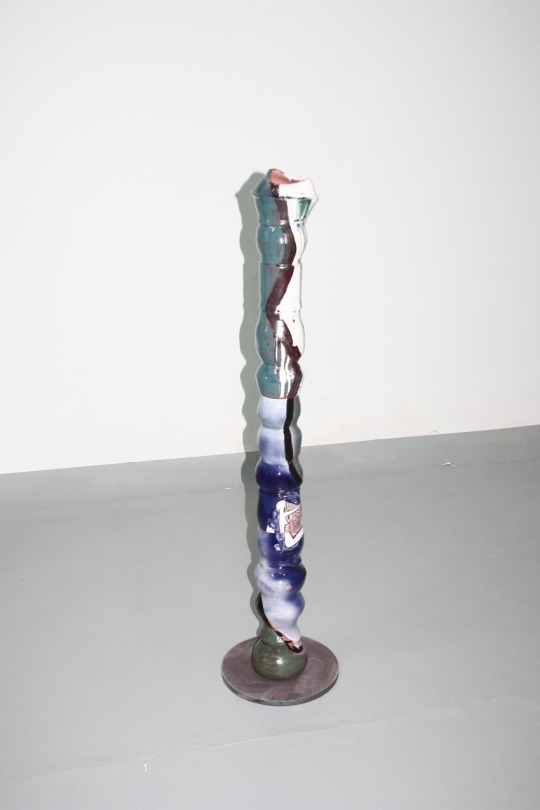
0 notes
Video
youtube
TWO VALUES AND A VARIABLE (collaborative exhibition in Fundació Cultural Coll Bardolet, Valldemossa, Mallorca, Spain)
According to Nicolas Bourriaud, the art critic who coined the concept of relational aesthetic, the history of art can be defined according to a society’s concerns towards the political, social and philosophical framework of the time. This can be seen in Caravaggio’s paintings (15711610) where light/shadow and death/life were seen as crucial themes; or in the works of Jackson Pollock (19121956) whose selfexpression and rupture of established art norms represented a more liberal America.
Two values and a variable explores the process of adaptation in a world where roots and customs coexist with globalisation. We live in a moment of great technical development, with the freedom of information, the privatisation of natural resources and a new perception of time and space. However, we are also surrounded by social inequality and massive migrations, with their consequent cultural clash. The coexistence of new and old, of yours and mine, has become part of our daily life. Where is this taking us? Should we carry all our baggage or let it go?
The study of social interactions is an exciting new field of investigation. Not only are we constantly projecting an image of ourselves though profiles in the social media, but we are also interacting through them. It makes sense, therefore, for contemporary art to explore this new medium of communication through participatory art. Despite this artistic discipline having emerged in the '60s, it seems that it is now more relevant than ever, either as therapy to our recent alienation or as opposition to this new regime. The response from the public and critics is ambiguous and for years has lacked support. Bourriaud recognises this fact and argues that “Anything that cannot be sold will inevitably vanish” (1998).
What happens when art coexists with an era captivated by change? Should its role be to reflect or to leave a mark? Should it look forward or backwards? Forget or remember? Could it even be both?
1998, BOURRIAUD N. Relational Aesthetics, Les Presses De Reel edition.
2013, BONNIN N. Where do Participatory Art Practices Stand within today’s society?
#Fundacio Cultural Coll Bardolet#video#collaborations#current exhibition#mallorca#valldemossa#iem thomas#elisa juncosa umaran#ceramics#collaboration
5 notes
·
View notes
